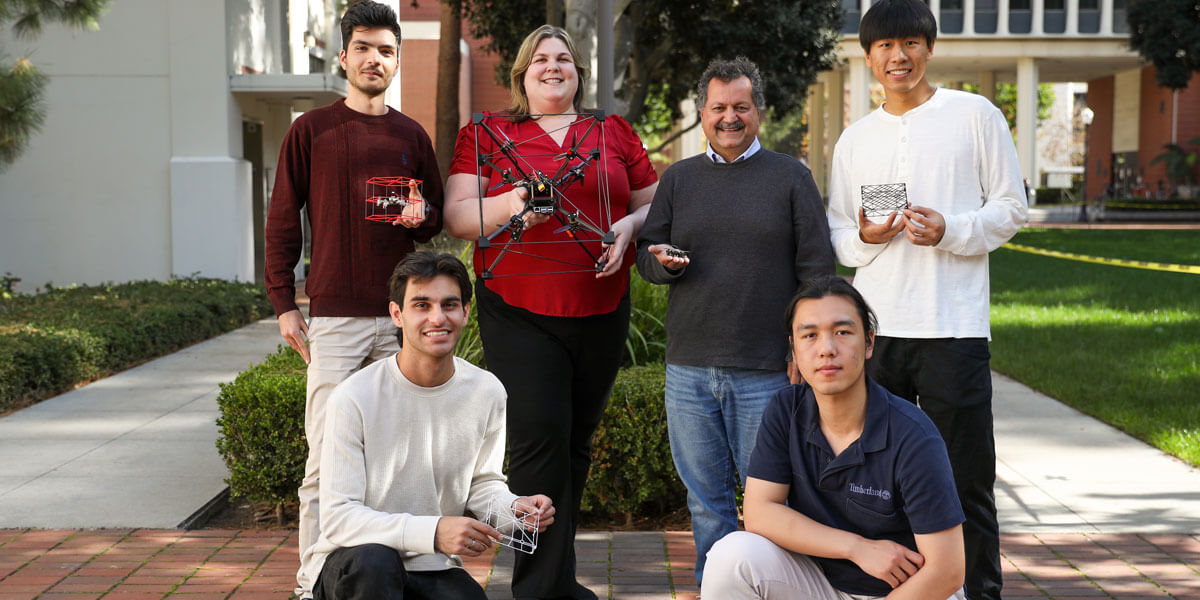AI generated
Answer:
The main idea of the text is about a new artificial intelligence (AI) tool called DIMON that can solve very complex math problems much faster than supercomputers. These math problems are crucial in engineering and science to understand how things change over time and space, like how a car deforms in a crash or how a heart beats. DIMON addresses this by providing a way for personal computers to handle these massive math problems quickly. It does this by learning patterns from data and using those patterns to predict solutions without needing to redo all the calculations every time. This makes it incredibly fast and efficient, which is a big deal because it can help engineers design better cars, bridges, and even medical treatments much quicker.
Answer:
DIMON has several important applications across different fields:
Answer:
There are several key pieces of evidence that show how effective and efficient DIMON is:
Answer:
The authors presented this research to highlight how significant DIMON could be for many fields. They believe that DIMON is not just useful for their specific work but can be a powerful tool for anyone working with complex math problems in science and engineering. The implications are big:
Answer:
The significant implications of using DIMON include:
Detailed Questions and Answers in Simple Terms
1. What is the main idea of the text, and how does the new AI framework, DIMON, address it?
Question: What is the central theme or argument of the text, and how does the new AI framework, DIMON, address it?Answer:
The main idea of the text is about a new artificial intelligence (AI) tool called DIMON that can solve very complex math problems much faster than supercomputers. These math problems are crucial in engineering and science to understand how things change over time and space, like how a car deforms in a crash or how a heart beats. DIMON addresses this by providing a way for personal computers to handle these massive math problems quickly. It does this by learning patterns from data and using those patterns to predict solutions without needing to redo all the calculations every time. This makes it incredibly fast and efficient, which is a big deal because it can help engineers design better cars, bridges, and even medical treatments much quicker.
2. What are the key applications and benefits of DIMON in various fields of engineering?
Question: What are the key supporting ideas and applications of DIMON in various fields of engineering?Answer:
DIMON has several important applications across different fields:
- Car Safety: It can help engineers see how cars will behave in a crash, making them safer.
- Space Exploration: It can simulate how spacecraft will react to extreme conditions in space.
- Bridge Construction: It can analyze how bridges will handle stress and loads.
- Heart Health: It can predict how electrical signals move through the heart, helping doctors diagnose and treat heart conditions like arrhythmia.
- General Engineering: Because it's so versatile, DIMON can be used for many other complex engineering problems where shapes and materials change.
3. What evidence supports the effectiveness and efficiency of DIMON?
Question: What crucial facts or evidence support the effectiveness and efficiency of DIMON?Answer:
There are several key pieces of evidence that show how effective and efficient DIMON is:
- Speed: For example, when testing heart models (called "digital twins"), DIMON reduced the calculation time from several hours to just 30 seconds. This is a huge improvement.
- Accuracy: In these tests, DIMON was very accurate in predicting how electrical signals moved through the heart.
- Versatility: The researchers tested DIMON on over 1,000 different heart models and found it worked well for all of them.
- Efficiency: Unlike traditional methods that require breaking down shapes into small pieces and recalculating everything each time, DIMON uses AI to learn patterns and make predictions quickly.
4. Why did the authors present this research, and what does it mean for the broader scientific and engineering communities?
Question: What is the author's purpose or perspective in presenting this research, and what implications does it have for the broader scientific and engineering communities?Answer:
The authors presented this research to highlight how significant DIMON could be for many fields. They believe that DIMON is not just useful for their specific work but can be a powerful tool for anyone working with complex math problems in science and engineering. The implications are big:
- Faster Designs: Engineers can now design safer cars, better bridges, and more efficient systems much faster.
- Clinical Impact: Doctors can use DIMON to diagnose heart conditions more quickly and accurately.
- Accessibility: Because DIMON works on personal computers rather than needing supercomputers, it makes advanced computational capabilities available to more people.
5. What are the significant implications or conclusions drawn from the implementation of DIMON?
Question: What are the significant implications or conclusions drawn from the implementation of DIMON, particularly in terms of speed, efficiency, and potential applications?Answer:
The significant implications of using DIMON include:
- Speed: It makes solving complex math problems incredibly fast—sometimes reducing times from hours or days to just seconds.
- Efficiency: It avoids the need for repetitive calculations by learning patterns from data, making it much more efficient than traditional methods.
- Potential Applications: Beyond heart health, DIMON can be used in many other areas such as optimizing shapes (like airplane wings), studying how materials behave under stress, or even predicting weather patterns.
- Clinical Workflow: For medical professionals, it means they can integrate advanced computational tools into their daily work to diagnose and treat patients more effectively.
- Broader Impact: Its versatility suggests that DIMON could become a standard tool in many scientific and engineering fields, leading to faster innovation and better designs.






